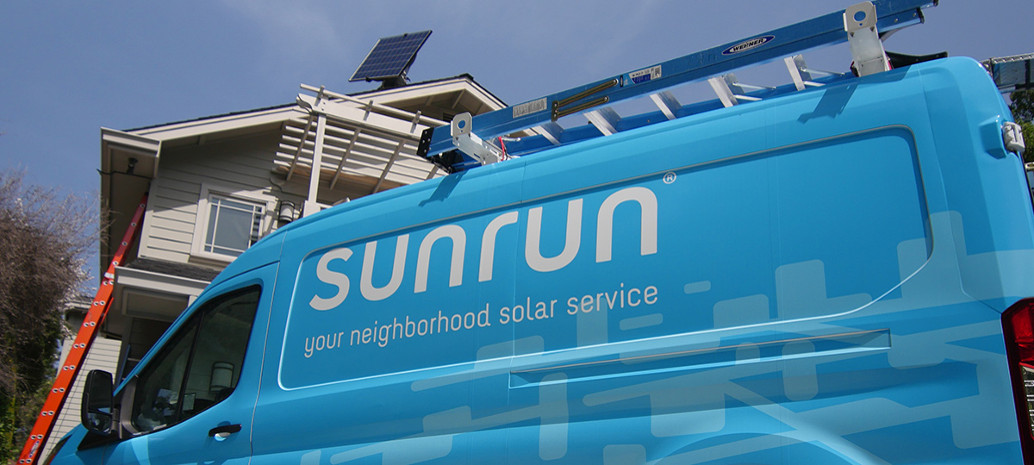As the U.S. residential solar market contracts, one company is bucking the trend: Sunrun. While both Tesla/SolarCity and Vivint have both substantially scaled back installations this year and moved away from the third-party solar model, Sunrun has continued to grow, and has held on to a high share of third-party sales.
During Q3 of 2017 Sunrun deployed 90 MW of solar PV, an increase on both a year-over-year and sequential basis. This is only 17% less than Tesla/SolarCity’s 109 MW, and suggests that if current trends continue Sunrun could be the largest residential solar company in the nation as early as 2018.
Sunrun’s attachment to the third-party solar model has meant that the company continued to lose money in Q3, with a net loss of $80 million versus $141 million in revenue. This number is slightly higher than a year ago, but not unusual for Sunrun or any company whose sales are based on third-party solar.
Instead, while experiencing quarterly losses third-party solar companies build long-term value in the form of volumes of leases and PPAs with their customers. And while Sunrun’s increase in retained value cannot be compared to other companies due to its use of unique metrics, the company reports that it increased its Net Earning Assets $97 million during the quarter, to bring it to $1.2 billion.
And due to this timing of reaping value over the course of decades, for third-party solar companies to grow they must continually raise money. This includes using the rooftop PV systems they have deployed as collateral, and Sunrun Chair Ed Fenster says that the company will be regularly be issuing asset-backed securities beginning in 2019.
Popular content
Sunrun also received $40 million in financing from Quebec pension fund CDPQ in November.
However, if Sunrun is not worried about financing, it is concerned about the Section 201 trade case. Sunrun Chair Ed Fenster has been a main speaker in Solar Energy Industries Association’s (SEIA) campaign to oppose trade action through the case, but the company is also preparing for the worst, and admits that it has accelerated procurement of modules in the event of significant tariffs.
Sunrun’s install costs have been rising over the last year, even as its sales & marketing and general and administrative costs have fallen. Higher module prices would increase its costs, however Sunrun still has a pretty big spread between its cost to deploy solar and the long-term value that it reaps. The company’s Net Present Value has hit $1.15 per watt, its highest to date.
During Q3 Sunrun booked 93 MW of solar, but expects to only deploy 87 during Q4, for a total of 325 MW this year. If this is achieved, this will be a 15% growth over 2016.
This content is protected by copyright and may not be reused. If you want to cooperate with us and would like to reuse some of our content, please contact: editors@pv-magazine.com.


By submitting this form you agree to pv magazine using your data for the purposes of publishing your comment.
Your personal data will only be disclosed or otherwise transmitted to third parties for the purposes of spam filtering or if this is necessary for technical maintenance of the website. Any other transfer to third parties will not take place unless this is justified on the basis of applicable data protection regulations or if pv magazine is legally obliged to do so.
You may revoke this consent at any time with effect for the future, in which case your personal data will be deleted immediately. Otherwise, your data will be deleted if pv magazine has processed your request or the purpose of data storage is fulfilled.
Further information on data privacy can be found in our Data Protection Policy.